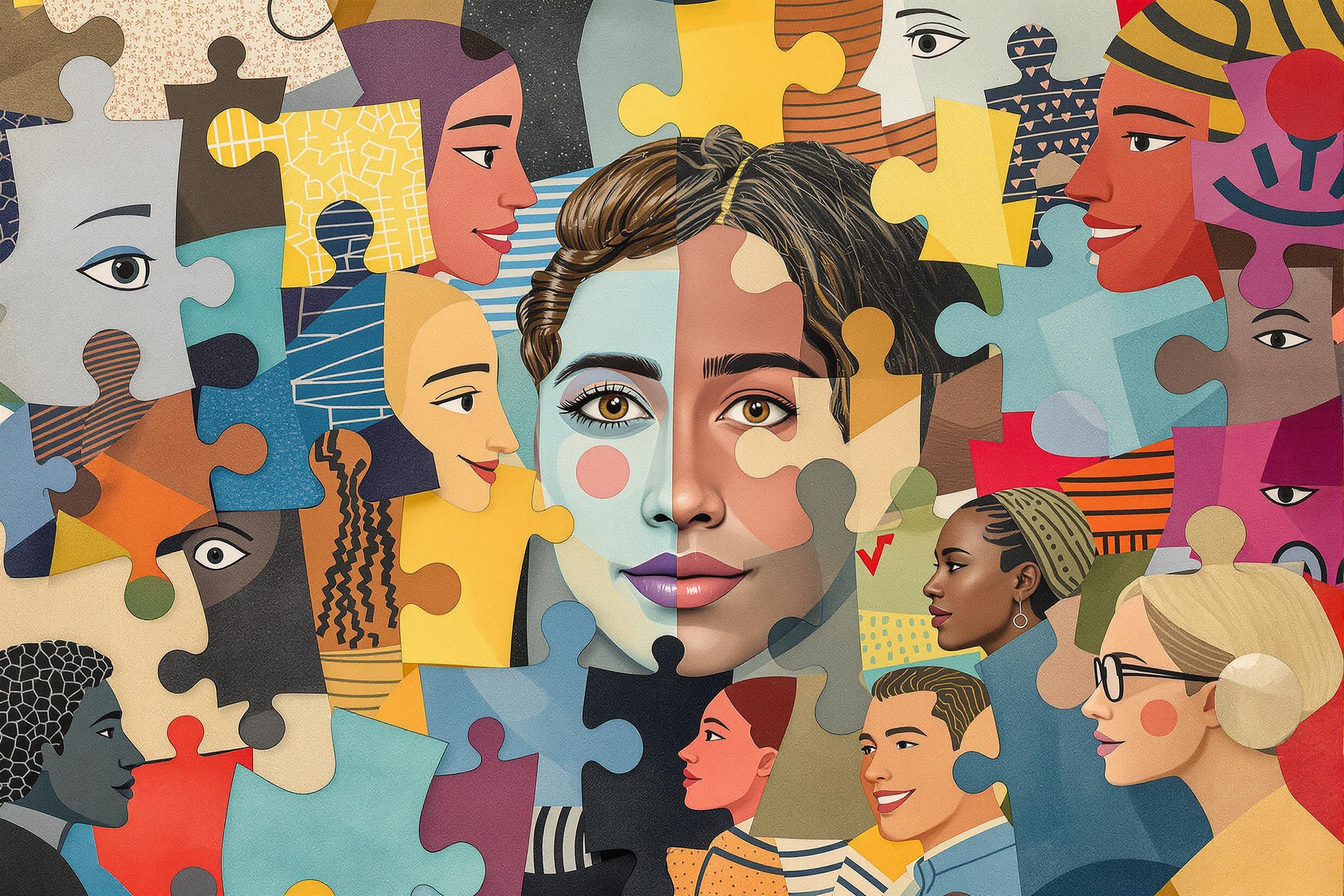
Rhythm
Rhythm is a fundamental design principle that decorators and interior designers use to create visually pleasing spaces. It refers to the way design elements (like colors, patterns, or objects) are repeated or alternated to create a sense of movement and harmony in a room. Think of it like music - just as musical rhythm makes a song flow nicely, design rhythm makes a space feel organized and balanced. Designers might create rhythm by repeating similar furniture pieces, alternating colors, or gradually changing sizes of decorative items. This concept is essential for making spaces that feel professional and well-planned rather than random or chaotic.
Examples in Resumes
Created dynamic living spaces using Rhythm through repeated pattern elements
Applied Visual Rhythm principles in retail store displays to enhance customer flow
Utilized Design Rhythm and repetition to transform corporate office spaces
Typical job title: "Interior Designers"
Also try searching for:
Where to Find Interior Designers
Professional Organizations
Online Communities
Job Resources
Example Interview Questions
Senior Level Questions
Q: How do you incorporate rhythm in large-scale commercial projects?
Expected Answer: A senior designer should discuss how they plan rhythm across multiple spaces, coordinate with architects and contractors, and ensure consistency throughout large projects while maintaining visual interest and proper flow.
Q: How do you train junior designers to understand and implement rhythm in their designs?
Expected Answer: Should explain teaching methods, provide examples of successful mentoring, and discuss how they help others recognize and create effective rhythm patterns in different types of spaces.
Mid Level Questions
Q: Can you explain different types of rhythm in interior design and when to use each?
Expected Answer: Should be able to explain progressive rhythm (gradual changes), alternating rhythm (ABAB patterns), and repetitive rhythm (consistent repeating elements), with examples of appropriate uses.
Q: How do you adjust rhythm principles for different room sizes and purposes?
Expected Answer: Should discuss how rhythm changes between small and large spaces, residential vs. commercial projects, and how to maintain visual interest while staying functional.
Junior Level Questions
Q: What are the basic ways to create rhythm in a room?
Expected Answer: Should mention simple methods like repeating colors, patterns, or shapes, using similar furniture pieces, or creating basic alternating patterns with decorative items.
Q: How do you ensure rhythm doesn't become monotonous?
Expected Answer: Should discuss adding variety while maintaining pattern, using different sizes or colors of similar items, and knowing when to break patterns for visual interest.
Experience Level Indicators
Junior (0-2 years)
- Basic understanding of rhythm and repetition
- Creating simple pattern arrangements
- Color coordination
- Basic room layouts
Mid (2-5 years)
- Complex pattern creation
- Multiple room coordination
- Custom design solutions
- Client presentation skills
Senior (5+ years)
- Large-scale project management
- Advanced space planning
- Team leadership and training
- Complex commercial designs
Red Flags to Watch For
- Unable to explain basic rhythm concepts in simple terms
- No portfolio showing pattern work
- Lack of understanding about space flow
- No experience with different types of spaces (residential, commercial, etc.)
Related Terms
Need more hiring wisdom? Check these out...

The Cryptic Secrets of Data-Driven HR: Metrics that Actually Matter (and Some That Might Make You Laugh)

Culture Add vs Culture Fit in Hiring: Why It May Be Time to Rethink Your Approach

Recruitment in the Fast Lane: How to Adapt Hiring Practices in the Blink of an Eye

